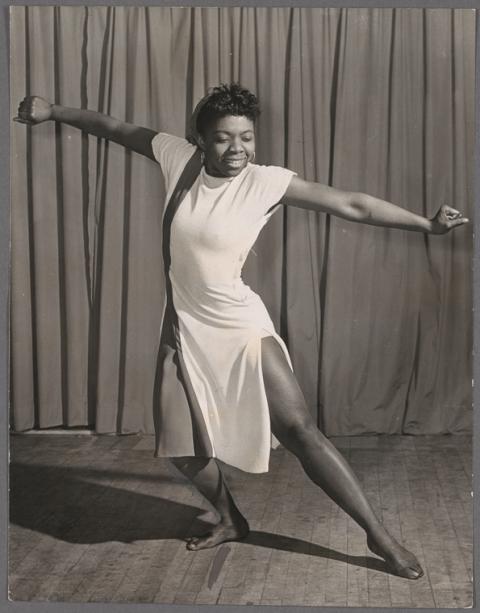In August 2004, the Republican Convention was held at Madison Square Garden. On those evenings, Isaiah Sheffer and Martin Sage stage the first three Thalia Follies at Sheffer's Symphony Space. They were inspired, as the press release promised "by the traditions of European cabaret and American anti-war protest.” That combination of song and dance with parodies inspired by political themes had flavored New York’s entertainment scene since the 1930s.
Songs “of Social Significance” (to quote Pins & Needles) spread through cabarets, musical theater and stand-up comedy for progressive audiences in the 1930s, 40s and 50s. The tradition continued in Off-Broadway houses and jazz clubs into the Civil Rights Era and the years of Vietnam War debates. The exhibition focuses on 3 sets of political revues to which Sheffer contributed as writer and/or director. The Vietnam War was the target of protests and performance festivals of dance, drama, film, and songs. The DMZ and The New DMZ were intimate revues, co-created by Sheffer and Eric Bentley, which dealt with the Vietnam War and the changing American society of the late 1960s. Watergate Classics, developed at the Yale Drama School, found opportunities to compare the Nixon White House to Greek tragedy and Hamlet. The many editions of The Thalia Follies (2004 – 2012) provided musical commentary on local and national elections with political developments in between.


